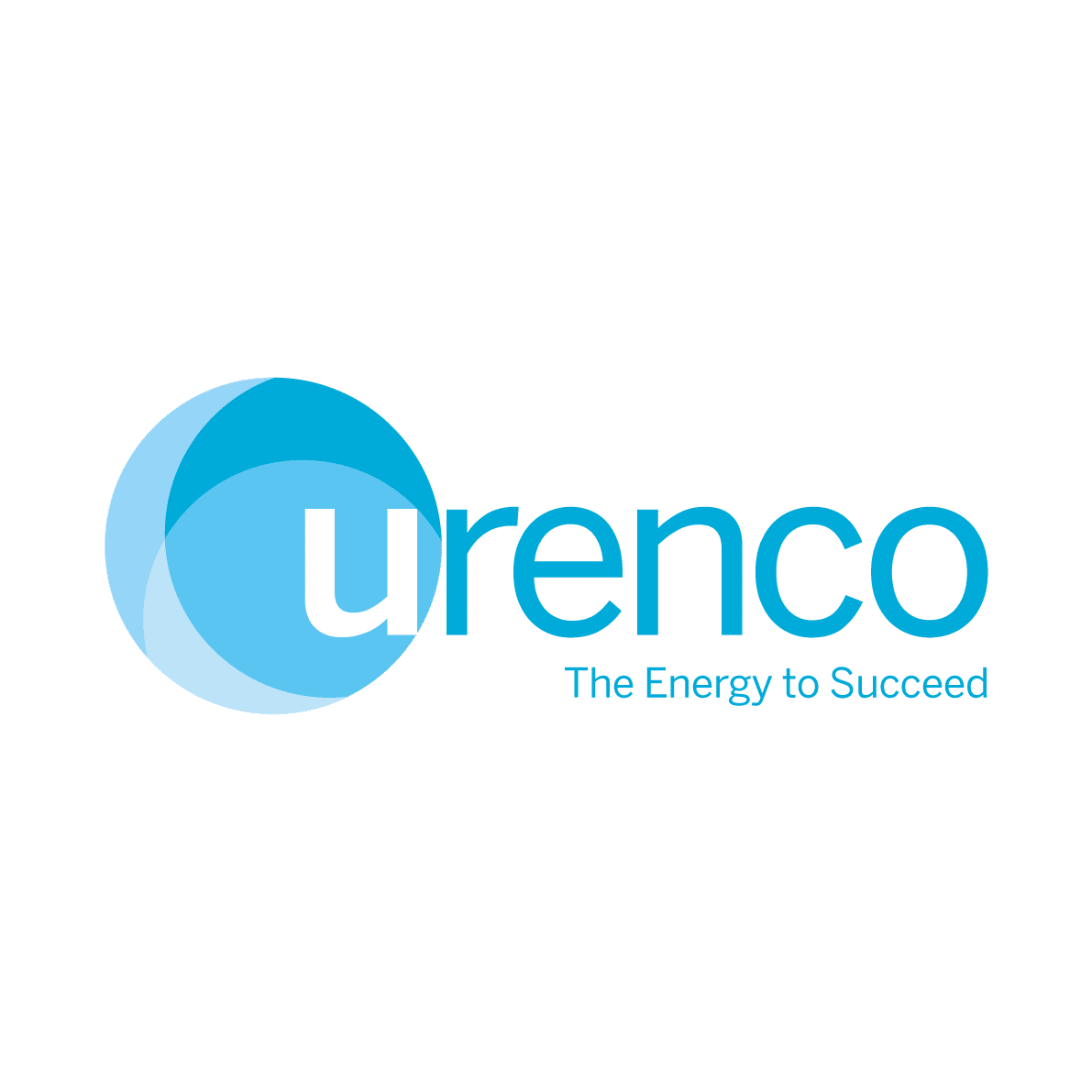The clean technology revolution isn’t coming; it’s already here, and it’s transforming our world at speed. What began as a niche movement of environmentally conscious innovators has become something much bigger. It’s now a core sector of the global economy. It’s reshaping entire industries and creating opportunities for sustainable growth.
Global Clean Technology Market Growth and Investment Trends
The scale of clean technology’s growth is nothing short of remarkable. From the innovation of renewable energy to AI-driven storage, the global clean technology market, valued at approximately $916 billion in 2024, is projected to reach nearly $1.85 trillion by 2030…, growing at a compound annual growth rate of 12.7%. To put this into perspective, the International Energy Agency projects that by 2035, the clean energy technology market will be roughly equal to today’s global crude oil market.
This shift isn’t just about future forecasts, it’s already happening. Global investment in clean energy technologies is accelerating, with capital flowing at scale into the transition. Electrified transport has become a key focus, attracting an estimated $757 billion in investment in 2025 alone.
Drivers of Clean Technology Adoption and Innovation
What sets today’s clean technology growth apart from earlier environmental movements is its basis in practical, commercially viable innovation. The sector is gaining momentum, with 2025 likely to bring further advances as governments expand R&D funding and investors channel capital into focused areas. The innovation isn’t happening in isolation. Companies focused on battery recycling and critical materials are tackling growing resource pressures. Investment in these areas has already outpaced 2023 levels, even as venture funding overall has declined. The trend suggests that investors are becoming more discerning, focusing on technologies with real-world applications and scalable business models.
Key areas experiencing breakthrough innovation include:
- Energy Storage and Battery Technology: Advanced battery systems are solving the intermittency challenge of renewable energy, making solar and wind power more reliable and cost-effective than ever before.
- Green Hydrogen: Often called the “fuel of the future,” hydrogen produced through renewable energy is becoming commercially viable, with applications ranging from steel production to long-haul transportation.
- Carbon Capture and Utilisation: Technologies that not only capture CO2 but transform it into useful products have moved from laboratory experiments to commercial deployment.
- Smart Grid Technologies: AI-powered energy management systems are optimising energy distribution, reducing waste and enabling more efficient integration of renewable sources.
Rooftop Solar and Consumer Adoption of Clean Energy
Perhaps most exciting is how clean technology is becoming accessible to ordinary consumers. In 2022 alone, 36 million global households added solar panels, increasing worldwide rooftop capacity by 50%, with households spending approximately $145 billion on clean energy measures. This represents a noticeable shift from centralised energy production to distributed, consumer-owned clean energy systems. This democratisation is driving innovation in unexpected ways. Home energy storage systems, electric vehicle charging networks and smart home technologies are creating new markets and business models that didn’t exist a decade ago.
Clean Technology’s Role in Job Creation and the Green Economy
Clean technology has evolved from an environmental goal to an economic necessity. The U.S. solar industry alone has attracted over $100 billion in investments and created an estimated 20,000 manufacturing jobs. Demand for clean energy tech jobs continues to rise globally, with opportunities expanding in areas like clean tech jobs in London, reflecting how the green economy is shaping future career paths, demonstrating how green technologies are driving job creation and economic growth. The shift is particularly visible in manufacturing and industrial processes. Growth areas include electrolyser technology, sustainable agriculture and carbon sequestration, showing how clean tech is expanding beyond traditional energy sectors into agriculture and even food production.
Clean Tech Challenges and Opportunities for Investment
Despite the impressive growth, challenges remain. To limit global warming to 1.5°C, global clean tech investment will need to roughly double by 2030. This gap represents both a challenge and an opportunity for innovators, investors and policymakers.
The geopolitical stakes are high. With China controlling around 70% of the clean tech supply chain, other nations are under growing pressure to diversify sources and rebuild domestic manufacturing.
How AI is Transforming Renewable Energy and Clean Tech
AI is quickly becoming a critical enabler of clean technology. Goldman Sachs projects AI will play a key role in clean tech. It could improve energy efficiency, cooling systems and how renewables are managed. From predicting turbine repairs to fine-tuning solar panel positioning, AI is playing a growing role in how clean energy systems are managed. By integrating with storage and grid technologies, it’s helping renewables scale more effectively.
Future Trends in Clean Technology and Sustainability Innovation
Looking ahead, several developments are expected to shape the future of clean tech:
- Clean technologies are being adopted across transport, agriculture and manufacturing. This is enabling more comprehensive sustainability solutions.
- Major companies are making substantial commitments, with some investing $50 billion in clean energy projects through 2030, showing how corporate sustainability goals are driving market demand.
- Government policies and incentives continue to play a crucial role, with many countries setting net-zero targets that require massive clean technology deployment.
- Renewable energy demand is expected to grow from 26-33 GW in 2024 to 60-80 GW by 2030, with additional demand from emerging applications like direct air capture plants.
What it Means for Business
The rise of clean technology represents more than just a market trend; it’s the foundation of how we generate and use energy, while opening up new markets and creating jobs. Companies now look at clean tech hire strategies as essential for growth and staying ahead in the sustainability revolution. For businesses, investors and consumers, the message is clear: clean technology isn’t just about doing good for the environment; it’s about the future of the global economy. Those who adapt early are likely to benefit most from the innovation and growth ahead.
The clean technology revolution is no longer a question of “if” but “how fast”. And based on current trends, the answer appears to be: faster than most people realise.
At Hanson Search, we specialise in recruiting world-class sustainability and clean technology professionals across the globe. Whether you’re building out an ESG team, hiring a Chief Sustainability Officer, or looking for technical expertise in climate innovation, our expert consultants can help.
Get in touch today to speak with a member of our team about how we can support your sustainability hiring goals.


























 Career Enquiry
Career Enquiry
